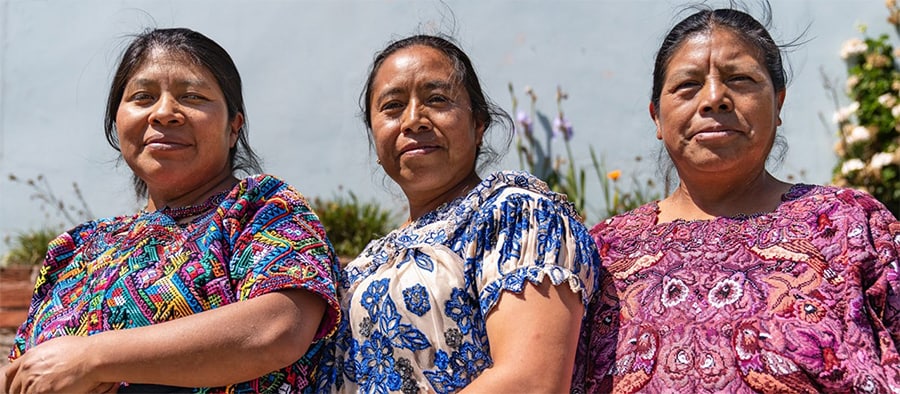Introduction

Three healthcare workers pose as they wait for training at a regional public health office in Quetzaltenango, Guatemala. CDC supports local and national health departments, which helps Guatemala respond to public health threats to prevent the spread of disease regionally, and globally.
CDC’s Global Public Health Mission
CDC aspires to create a world where people – in the United States and around the globe – live healthier, safer, and longer lives [1]. CDC’s global public health mission is to improve and maintain the health, safety, and security of Americans while working 24/7 to reduce morbidity and mortality worldwide and to safeguard communities by addressing global health threats before they affect the United States. The agency does this through its expertise, unique technical skills, scientific knowledge and research, collaborative partnerships, and evidence-based global public health action. CDC executes this global public health mission by focusing on four goal areas:
- Achieving measurable global public health impact
- Assuring global health security
- Providing public health science leadership and expertise
- Promoting and ensuring health equity as a central tenet across global public health science, program, and policy
Five pillars undergird and guide CDC’s global public health work: scientific expertise, diverse partnerships, innovation, sustainability, and health equity [1]. CDC works to eliminate health disparities and achieve optimum health through all these core principles and, more specifically, by focusing on initiatives and interventions that reach people in greatest need[1].
CDC’s CORE Health Equity Science and Intervention Strategy
In 2021, CDC launched an agency-wide strategy that aims to integrate health equity into everything we do. CDC commits to Cultivate comprehensive health equity science, Optimize interventions, Reinforce and expand robust partnerships, and Enhance capacity and workforce engagement (also known as CORE). This commitment ensures health equity and the elimination of health inequities are central to our work and holistically transforms the agency’s approach to public health [2,3]. Five themes were identified to help accelerate progress through technical assistance and tools to support programs’ needs to achieve this strategy. These five themes include extramural support, data sciences and analytics, standardization of approaches, communication and dissemination, and partnerships. With an emphasis on these themes, the agency aims to support existing health equity work, gain efficiencies, and increase collective impact.
C.O.R.E. Themes

Communication and Dissemination

Data Science and Analytics

Extramural Support

Partnerships

Standardization of Approaches
The CORE strategy challenges CDC to incorporate health equity into our work at all levels. CDC’s organizational units submitted health equity action plans that included goals, milestones, indicators, and key partnerships to build a broad, unified agency-wide strategy [2,4]. These plans describe how the agency will study the drivers and impacts of social determinants of health, expand the body of evidence of interventions that reduce the inequities that affect health, and invite solution-oriented partners from multiple sectors to collaborate [2]. The CORE framework leverages agency priorities to drive health equity, coordinates mechanisms to advance CORE implementation, and transforms efforts to accelerate innovative change [3].
CDC’s CORE Commitment to Health Equity
CDC will embed health equity principles in the design, implementation and evaluation of its research, data surveillance, and intervention strategies.
CDC will seek out and strengthen sustainable multi-level, multi-sectoral, and community partnerships to advance health equity.
CDC will use scientific, innovative, and data-driven intervention strategies that address environmental, place-based, occupational, policy, and systemic factors that impact health outcomes and address drivers of health disparities.
CDC will build internal capacity to cultivate a multi-disciplinary workforce and more inclusive climates, policies, and practices for broader public health impact.